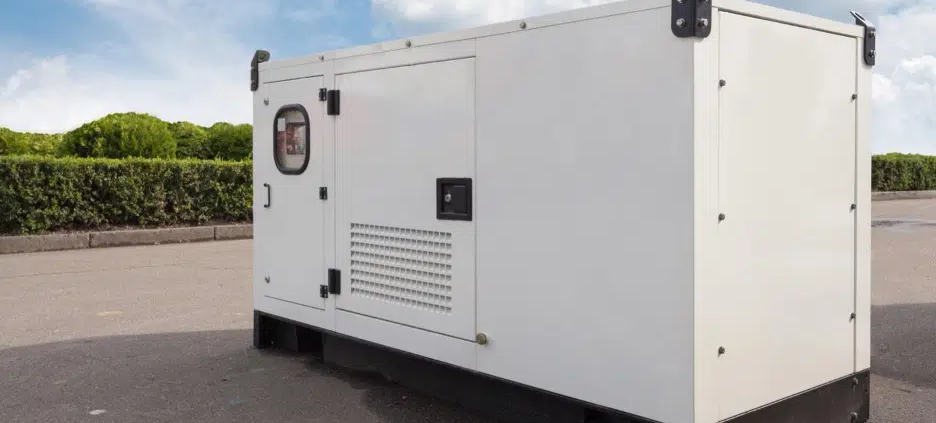How to Choose Lithium Batteries for Energy Storage Systems with Backup Power Needs
In a world facing growing grid instability, extreme weather events, and rising energy demands, more organizations and homeowners are integrating energy storage systems (ESS) with backup power capabilities. This hybrid functionality transforms ESS from passive storage devices into active participants in energy resilience — capable of supporting operations during outages, blackouts, or even grid collapse.
But the true reliability of such systems depends heavily on the battery technology at their core. Not all lithium batteries are optimized for backup applications, and selecting the wrong chemistry, format, or specification can lead to critical failures during emergencies.
This guide outlines the essential criteria for choosing the right lithium battery for backup-ready energy storage systems, helping engineers, facility managers, and energy planners make informed and future-proof decisions.
Why Backup-Enabled Energy Storage Systems Are Different
Most grid-tied ESS are designed for applications like:
- Peak shaving
- Time-of-use optimization
- Solar self-consumption
- Demand response participation
In these use cases, batteries regularly charge and discharge in predictable patterns.
In contrast, ESS with backup power are designed to:
- Remain in standby mode for weeks or months
- Instantly discharge when a grid outage is detected
- Power critical loads (e.g., HVAC, servers, pumps) for a specific backup runtime
- Recover and recharge automatically when the grid returns
This shift in operational behavior introduces unique stresses on the battery system — making battery choice one of the most strategic design decisions.
- Battery Chemistry: LiFePO₄ Leads for Stability and Resilience
Among various lithium chemistries, Lithium Iron Phosphate (LiFePO₄ or LFP) offers a superior balance of:
- Thermal and chemical stability → minimizing fire risks
- Long cycle life → up to 6,000+ full charge/discharge cycles
- Calendar life → stable performance over 10+ years in float mode
- Wide operating temperature range → essential for hybrid indoor/outdoor ESS
While other chemistries like NMC or LCO may offer higher energy density, they often come with lower safety margins and reduced float charging capability — both critical shortcomings for standby applications.
- Float Readiness & Self-Discharge Behavior
Backup batteries often remain charged and idle — a condition that standard lithium packs are not optimized for. Inappropriate float charging may lead to:
- Internal resistance build-up
- Accelerated electrolyte degradation
- Permanent capacity loss
Therefore, select batteries that are:
- Engineered for long-term float operation
- Capable of maintaining >90% SOC without active cycling
- Designed with low self-discharge rates (<3% per month)
- Supported by a smart BMS that manages cell balancing and float conditioning
- Instantaneous Power Delivery & High-Rate Discharge
The first seconds of a power outage are crucial. Your ESS must detect the event and switch to battery power in milliseconds.
To support this, batteries should provide:
- ≥1C discharge current for short-duration power bursts
- Low internal impedance to prevent voltage sag under load
- Compatibility with fast-acting inverters and relays
- BMS with high-speed control logic and protective redundancy
Also consider the depth of discharge (DoD) limitations. Backup events may require full discharge, so choose batteries with deep-cycle capabilities (80–100% DoD rated) without compromising lifespan.
- Temperature and Environmental Resilience
Many energy storage systems — especially in off-grid, industrial, or telecom environments — are exposed to harsh ambient conditions. Your lithium battery system should:
- Operate reliably in -20°C to +60°C environments
- Be housed in IP-rated enclosures for outdoor use
- Include integrated heating/cooling elements, or thermal buffering
- Maintain safety even during thermal runaway scenarios
Advanced thermal design not only protects the battery but also extends its useful life under backup-specific conditions (such as long-term float and sudden deep discharges).
- Modular Scalability and Maintenance Accessibility
Whether used in a home, factory, or microgrid, ESS backup batteries should be:
- Modular → allowing flexible system sizing (e.g., 5kWh to 200kWh+)
- Rack- or wall-mountable → adapting to site constraints
- Hot-swappable or easily serviceable → reducing system downtime
- Integrated with plug-and-play BMS & EMS platforms
This ensures the system can grow alongside energy needs and remain operationally efficient with minimal maintenance.
- Safety Certifications and Regulatory Compliance
For installations in commercial, industrial, or utility environments — and increasingly even residential settings — certification is mandatory. Batteries must meet or exceed:
- UL 1973: stationary battery systems
- IEC 62619: lithium battery safety
- UN 38.3: transport safety
- UL 9540A: thermal propagation and fire safety testing
- Local fire code and building standards
These certifications ensure that the battery will behave predictably and safely under stress — which is especially important when the battery may remain dormant for extended periods before suddenly discharging.
- Intelligent Battery Management System (BMS)
A high-performance backup ESS is only as smart as its BMS. Key BMS features for backup-focused applications include:
- Multi-level overcurrent and overvoltage protection
- Temperature monitoring and thermal control
- State of Health (SOH) reporting
- Remote diagnostics and firmware updates
- Redundancy logic for critical applications
A well-integrated BMS not only ensures safe operation, but also provides early warning signals if the system’s readiness is compromised.
Conclusion: Battery Strategy for Backup-Capable Energy Storage Systems
When energy storage systems are tasked with supporting backup power, battery selection must go far beyond capacity and cost. The stakes are higher — often involving mission-critical loads, safety concerns, and regulatory exposure.
To summarize, the right lithium battery for such systems should offer:
✅ Float charge stability
✅ Instant power delivery
✅ Deep discharge capability
✅ Wide temperature tolerance
✅ Certified safety and quality
✅ Modular form factor and intelligent control
By aligning battery technology with the real-world demands of backup-ready ESS, energy planners and engineers can ensure that when the grid goes down, the system won’t.
For those seeking a reliable, high-performance option, this battery product is well suited for energy storage systems requiring backup power functionality. Learn more about it here:
Short Time Backup Power Series.


